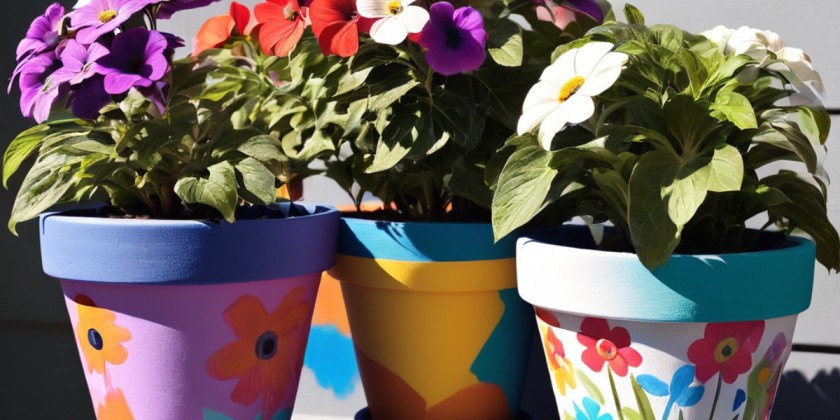Introduction to DIY Home Security Systems
When it comes to the safety and security of our loved ones and our property, we all want to take every possible measure to ensure their protection. That’s where DIY home security systems come into play. In this comprehensive guide, I will walk you through the process of setting up your own DIY home security system, step-by-step. By the end of this article, you will have the knowledge and tools necessary to secure your home effectively.
Benefits of DIY Home Security Systems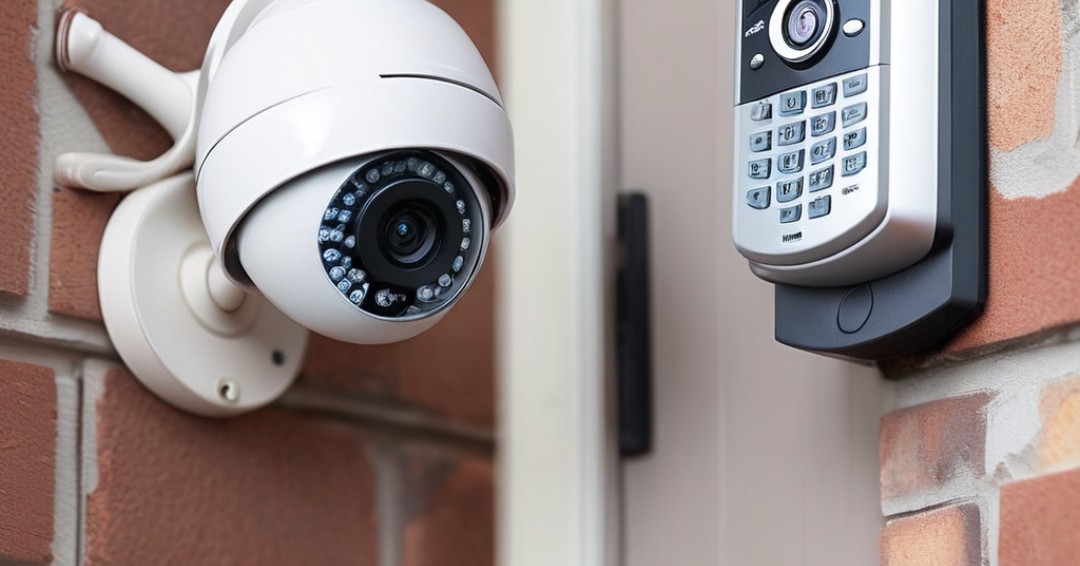
One of the primary advantages of DIY home security systems is the cost savings. Traditional professionally installed security systems can be expensive, with monthly monitoring fees and installation costs. With a DIY system, you have the opportunity to save money by avoiding these recurring expenses. Additionally, DIY systems offer flexibility and customization. You can choose the components you want to include in your system and have the freedom to expand or upgrade it as needed. This level of control allows you to tailor your security system to meet your specific requirements.
Common Misconceptions about DIY Home Security Systems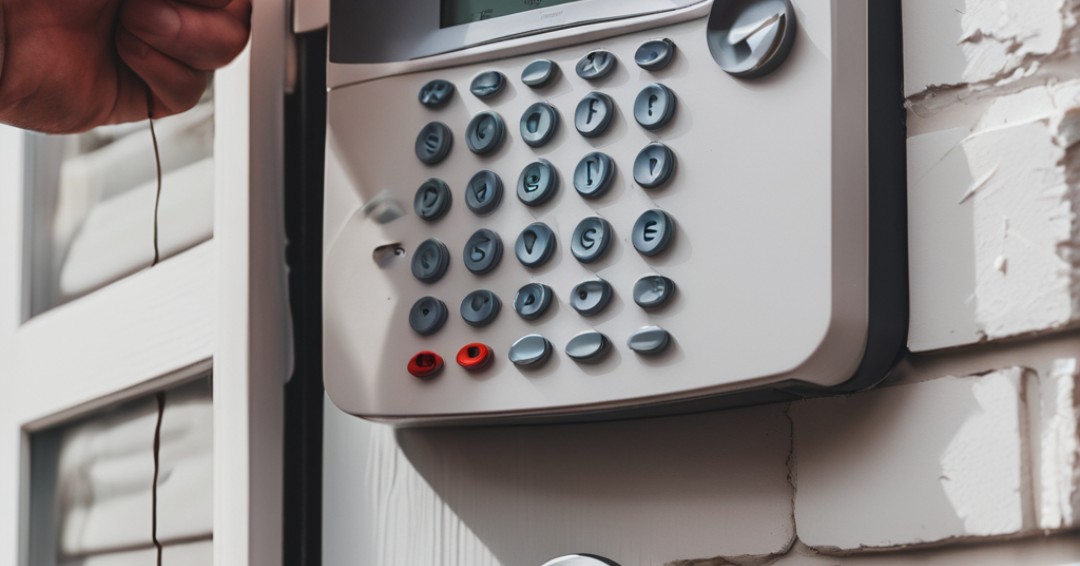
There are some misconceptions surrounding DIY home security systems that need to be addressed. One common myth is that DIY systems are not as reliable as professionally installed ones. However, with advancements in technology, DIY systems now offer comparable reliability and effectiveness. Another misconception is that DIY systems are difficult to install and set up. While there may be a learning curve involved, most DIY systems come with user-friendly instructions and online resources to assist you throughout the process. It’s important to dispel these misconceptions to ensure you make an informed decision when considering a DIY home security system.
Also Read:Transform Your Home with These Budget-Friendly DIY Hacks for an Upgraded Living Space
Bit by bit Manual for Setting Up a Do-It-Yourself Home Security Framework
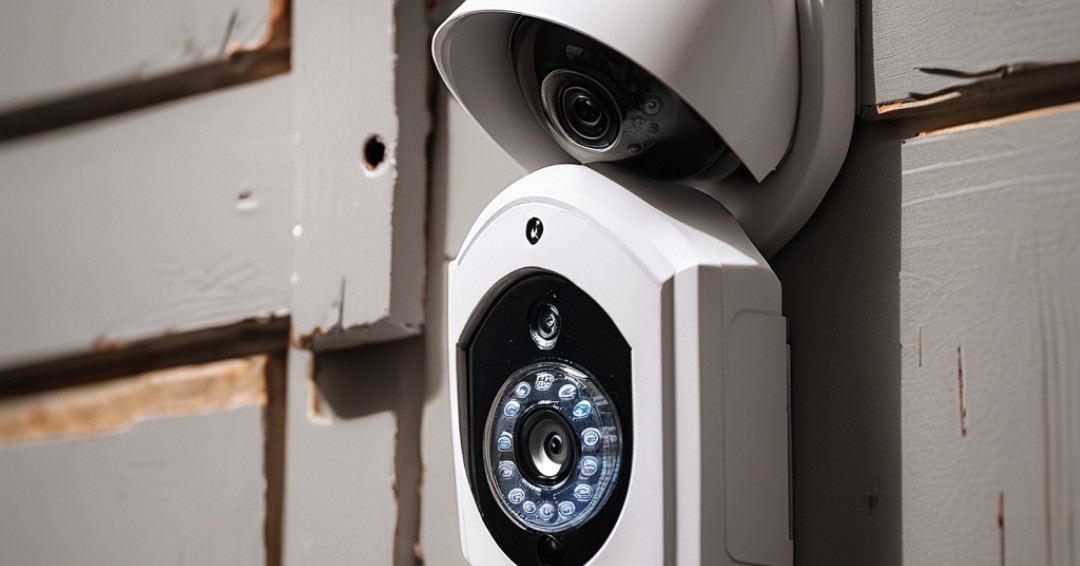
Now, let’s dive into the step-by-step process of setting up your own DIY home security system.
Assess Your Security Needs: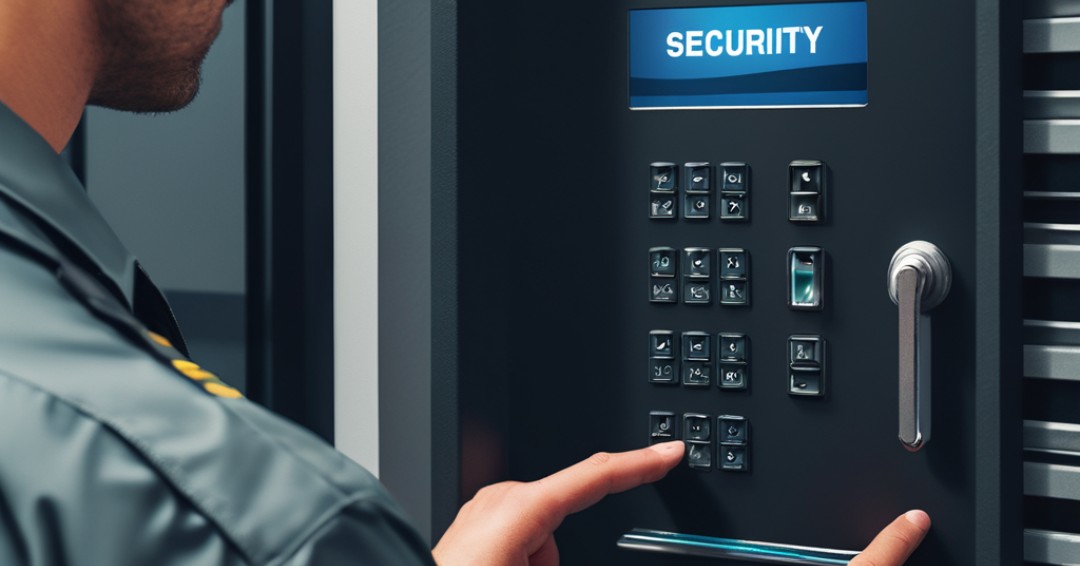
Begin by evaluating your home and identifying the areas that require security measures. Consider vulnerable entry points, such as doors and windows, and determine the level of protection needed for each area.
Research DIY Security Systems:

Explore the different DIY home security systems available in the market. Read reviews, compare features, and consider the specific needs of your home. Look for systems that are easy to install, offer reliable monitoring, and provide the desired level of customization.
Choose the Right Components:
Select the components that align with your security needs. These may include motion sensors, door/window sensors, security cameras, and an alarm system. Ensure that the components you choose are compatible with each other and can be integrated into a cohesive system.
Purchase the System: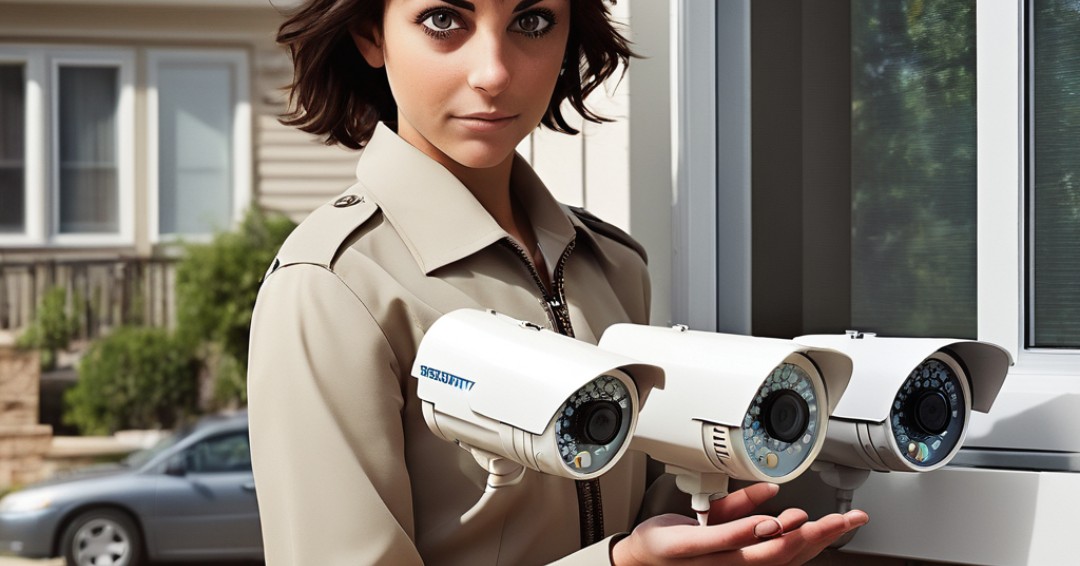
Once you have chosen the components, purchase the DIY home security system. Many systems can be conveniently ordered online and delivered to your doorstep. Exploit any limits or advancements accessible to boost your reserve funds.
Carefully follow the installation instructions provided by the manufacturer. Begin by installing the control panel, followed by the sensors and cameras. Ensure that all components are securely placed and properly connected. Once installed, configure the system according to your preferences and test its functionality.
Connect to Monitoring Services:
If desired, subscribe to a professional monitoring service to enhance the effectiveness of your DIY home security system. These services provide 24/7 monitoring and can alert the authorities in case of any security breaches.
Educate Your Family:
It is crucial to educate your family members about the operation of the security system. Ensure that everyone knows how to arm and disarm the system, understand the alerts, and follow the necessary safety protocols.
Choosing the Best DIY Home Security System for Your Needs
When selecting a DIY home security system, it’s essential to consider your unique requirements. Here are some factors to keep in mind:
Budget:
Determine your budget for the security system and look for options that fit within that range.
Scalability:
Consider the potential for expanding or upgrading your system in the future.
Ease of Installation:
Look for systems that are designed for easy installation, especially if you have limited technical knowledge.
Monitoring Options:
Decide whether you want to self-monitor or opt for professional monitoring services.
Integration with Other Devices:
If you already have a smart home setup, ensure that the DIY security system can integrate seamlessly with your existing devices.
By carefully assessing these factors, you can choose the best DIY home security system that meets your specific needs.
DIY Home Security System Installation and Setup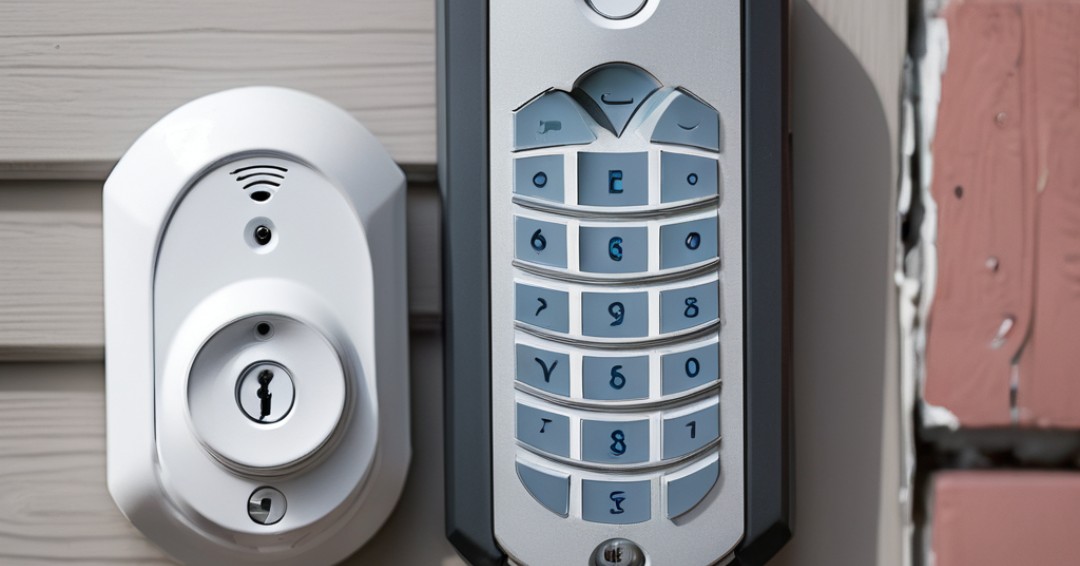
Installing and setting up a DIY home security system requires attention to detail and thoroughness. Here are some tips to ensure a successful installation:
Read the Instructions:
Before starting the installation process, thoroughly read the manufacturer’s instructions. Familiarize yourself with the components and understand the steps involved.
Plan the Placement of Components:
Strategically plan the placement of sensors and cameras. Ensure they cover the vulnerable areas effectively and are not obstructed by any objects.
Test the System:
After installation, test the system to ensure that all components are functioning correctly. Activate each sensor and camera to verify their responsiveness.
Secure Wiring and Connections:
If your system involves wiring, ensure that all connections are secure and hidden from plain sight. This will prevent tampering and maintain the aesthetic appeal of your home.
Label and Document:
Label each component and document its location. This will assist you in troubleshooting and future maintenance.
By following these installation and setup guidelines, you can have a DIY home security system that is reliable and efficient in safeguarding your home.
Essential Features and Components of a DIY Home Security System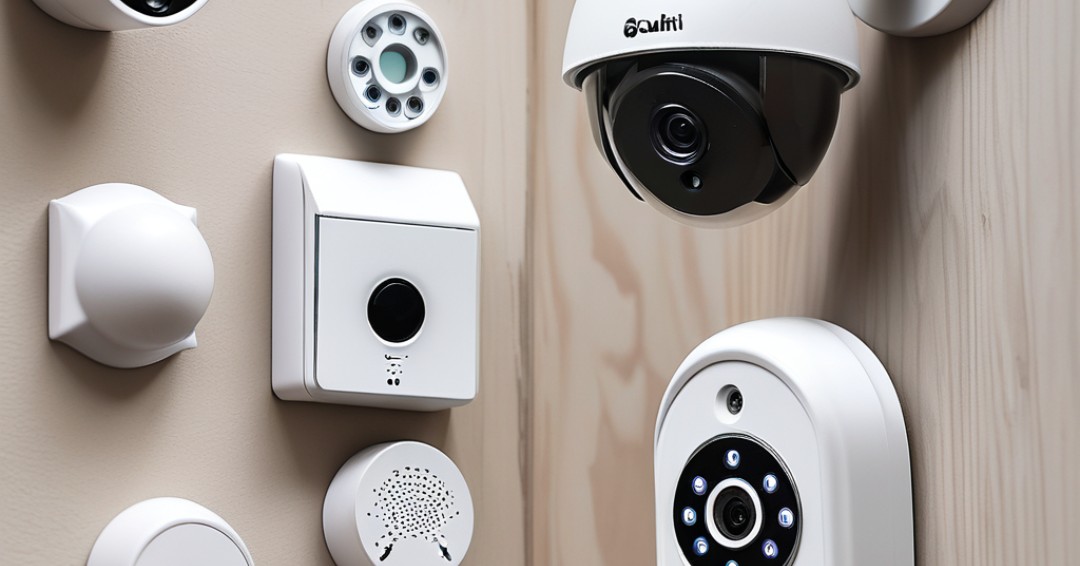
To ensure the effectiveness of your DIY home security system, it’s important to include the following essential features and components:
Control Panel: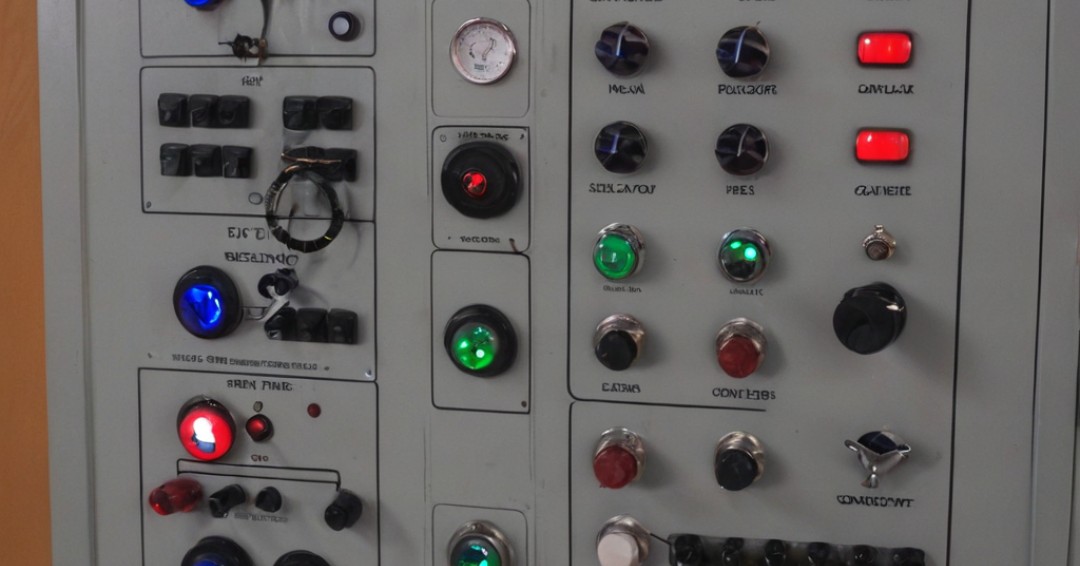
The control panel serves as the central hub of your security system, allowing you to arm and disarm the system, receive alerts, and control various settings.
Motion Sensors: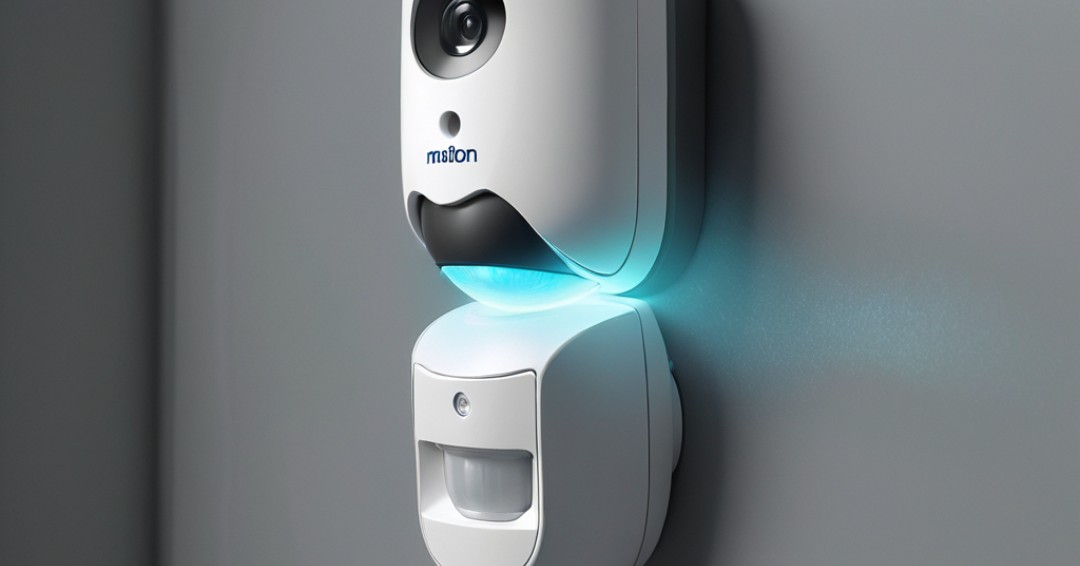
Motion sensors detect movement within their range and trigger an alarm or alert. They are typically placed near entry points or in rooms with valuables.
Door/Window Sensors: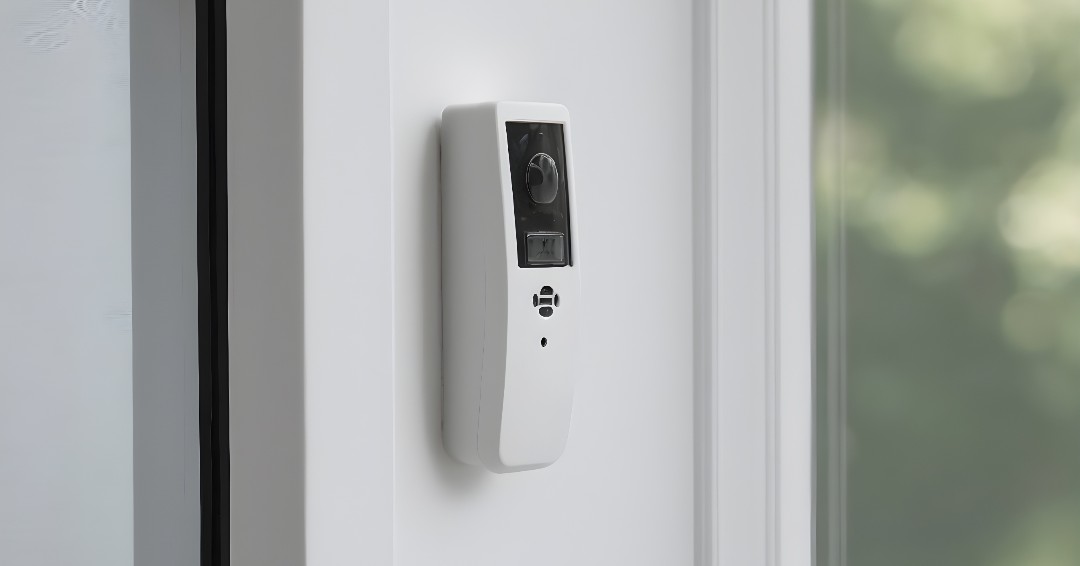
These sensors detect the opening and closing of doors and windows. They are crucial for detecting unauthorized access.
Security Cameras: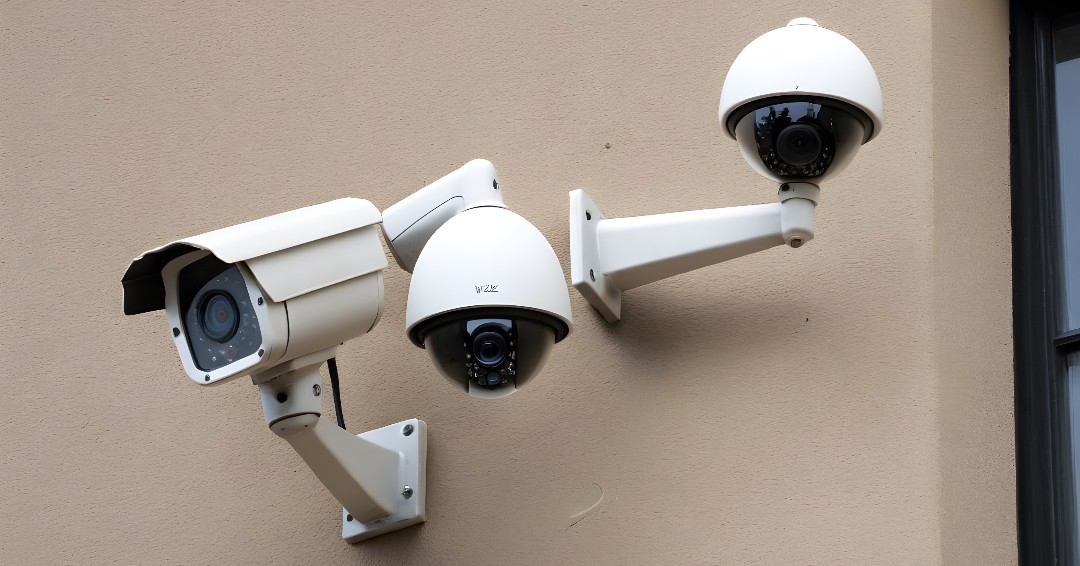
Cameras provide visual surveillance and evidence in case of any security breaches. They can be placed both indoors and outdoors, covering all angles of your property.
Alarm System: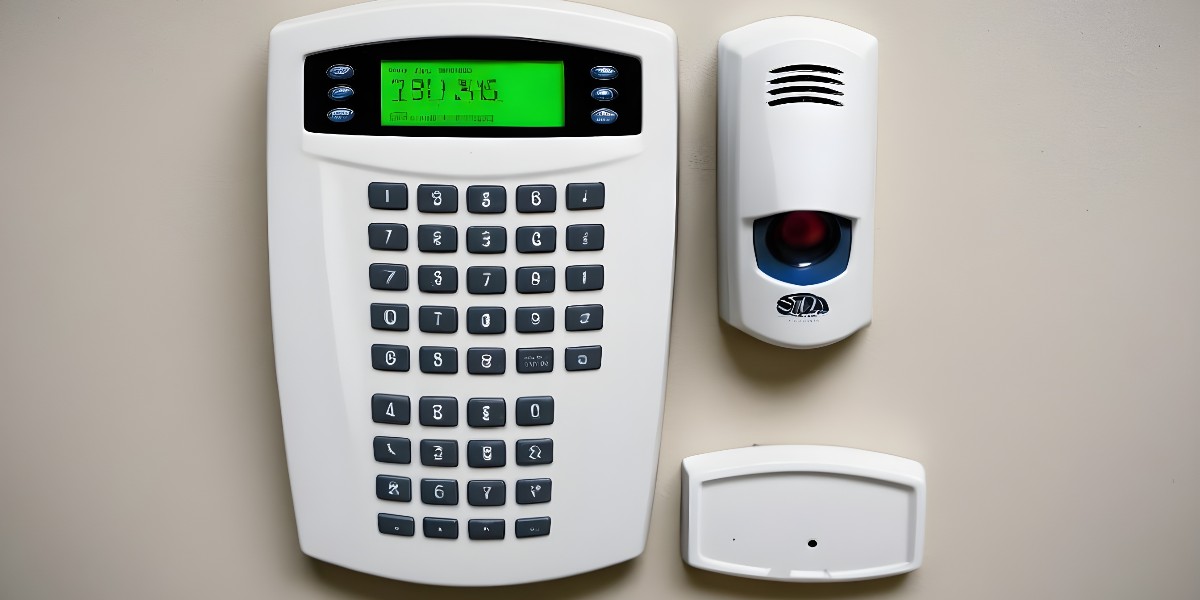
A loud alarm serves as a deterrent and alerts you and your neighbors in case of a break-in or security threat.
By including these essential features and components in your DIY home security system, you can create a robust and comprehensive security solution for your home.
Integrating DIY Home Security Systems with Smart Home Technology
Integrating your DIY home security system with smart home technology can enhance its functionality and convenience. Here are some ways to integrate the two:
Mobile App Control: Many DIY security systems offer mobile apps that allow you to control and monitor your system remotely. You can arm or disarm the system, receive real-time alerts, and view live camera footage from anywhere.
Voice Control: If you have a voice assistant device, such as Amazon Alexa or Google Assistant, you can integrate your security system with it. This allows you to control your system using voice commands.
Automation: Create automation routines that link your security system with other smart devices in your home. For example, you can set up a routine that automatically turns on the lights when motion is detected at night.
By integrating your DIY home security system with smart home technology, you can enjoy seamless control and monitoring capabilities, making your home safer and more convenient.
Tips for Maximizing the Effectiveness of Your DIY Home Security System
To maximize the effectiveness of your DIY home security system, consider the following tips:
Regularly Test and Maintain:
Test your system regularly to ensure all components are functioning correctly. Replace batteries as needed and keep the system up to date with the latest firmware.
Secure Wi-Fi Network:
Protect your home network by using a strong, unique password and enabling network encryption. This prevents unauthorized access to your security system.
Display Warning Signs:
Place visible signs and stickers indicating that your home is protected by a security system. This acts as a deterrent to potential intruders.
Leverage Remote Monitoring: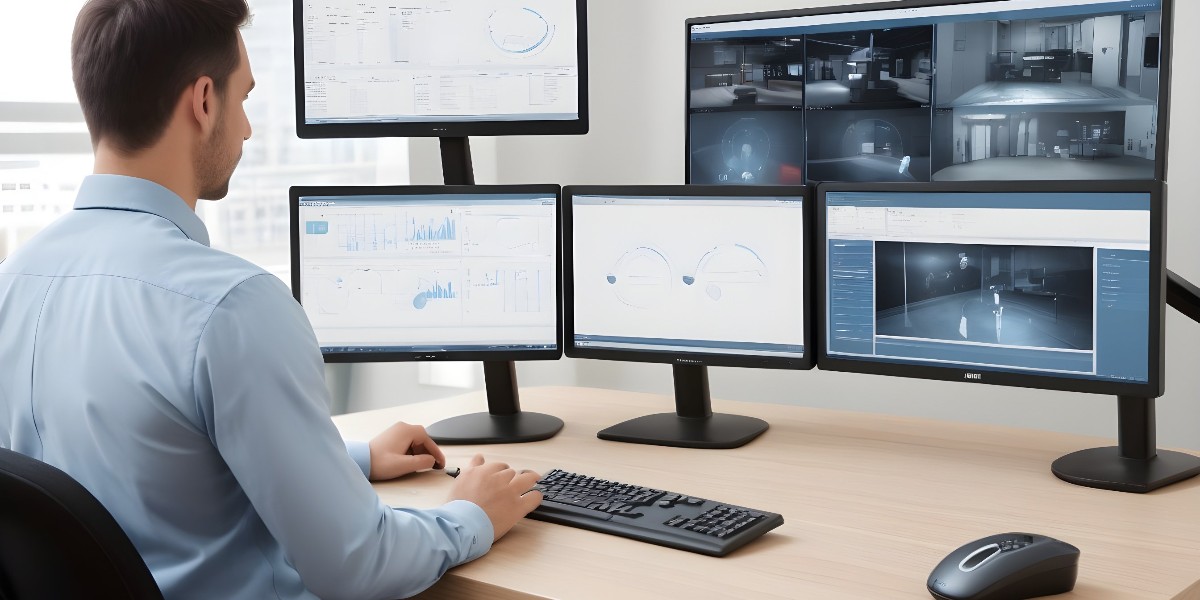
Take advantage of the remote monitoring capabilities of your DIY system. Check in on your home when you’re away and receive alerts in case of any security events.
Educate Your Neighbors:
Inform your neighbors about your DIY security system and encourage them to be vigilant. A strong community watch can help deter crime in your area.
By implementing these tips, you can ensure that your DIY home security system is operating at its maximum potential, providing you with peace of mind.
Comparing DIY Home Security Systems to Professionally Installed Systems
It’s important to consider the differences between DIY home security systems and professionally installed systems before making a decision. While DIY systems offer cost savings and customization options, professionally installed systems provide professional expertise and comprehensive monitoring. Here are some factors to compare:
Cost:
DIY systems are generally more affordable, with no installation fees or monthly monitoring costs. Professionally installed systems typically involve upfront costs and ongoing fees.
Installation:
DIY systems can be installed by homeowners themselves, while professionally installed systems require professional technicians to set them up.
Monitoring:
DIY systems often offer self-monitoring options, while professionally installed systems provide professional monitoring services with 24/7 surveillance.
Expertise:
Professionally installed systems benefit from the expertise of trained technicians who ensure proper installation and configuration.
Consider your budget, technical capabilities, and desired level of professional involvement when comparing DIY and professionally installed systems.
DIY Home Security System Maintenance and Troubleshooting
To keep your DIY home security system in optimal condition, regular maintenance and troubleshooting are necessary. Here are some maintenance tips:
Clean and Inspect: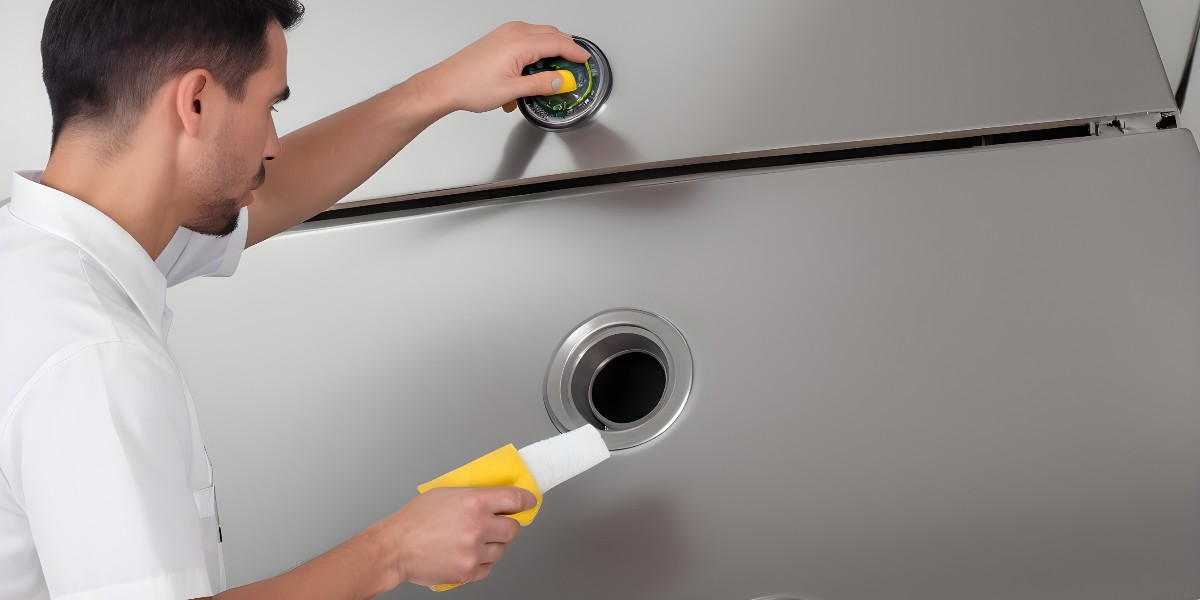
Regularly clean your sensors and cameras to ensure clear visibility. Inspect all components for any signs of damage or wear.
Test the System:
Test your system regularly to ensure all components are functioning correctly. Activate each sensor and camera to verify their responsiveness.
Update Firmware: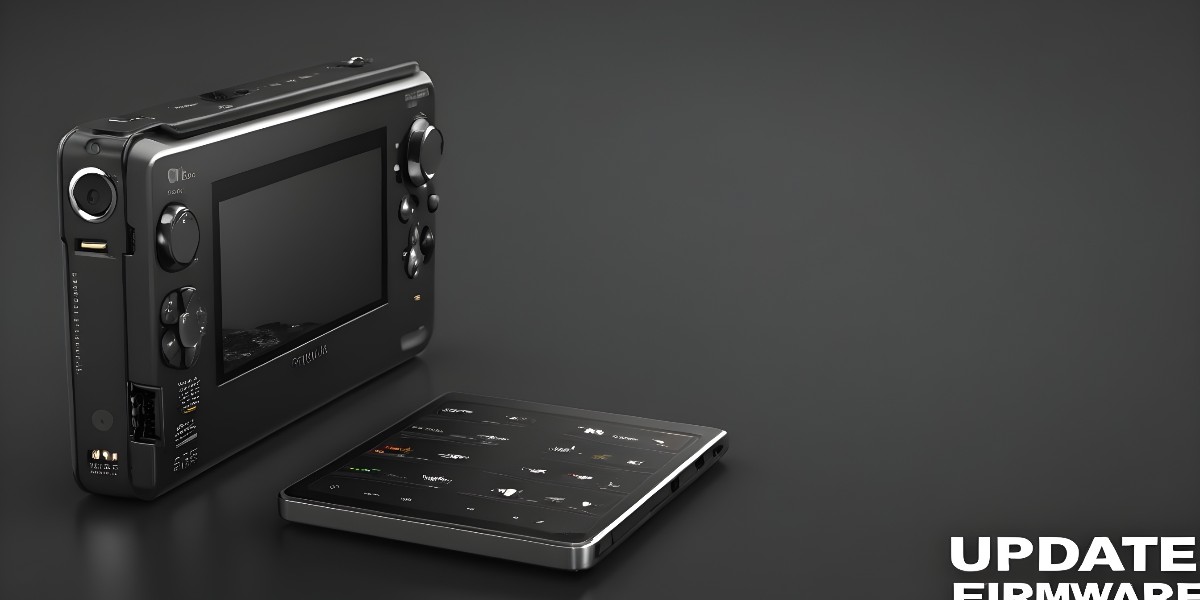
Keep your system up to date with the latest firmware provided by the manufacturer. This ensures that your system benefits from any security patches or performance improvements.
When it comes to troubleshooting, start by referring to the manufacturer’s troubleshooting guide. If the issue persists, reach out to their customer support for assistance.
DIY Home Security System Reviews and Recommendations
To assist you in selecting the best DIY home security system for your needs, here are some top-rated systems:
- System A: offers a wide range of customizable components, easy installation, and reliable monitoring options.
- System B: is known for its user-friendly interface, integration with smart home devices, and affordable pricing.
- System C: provides advanced features such as facial recognition, cloud storage, and professional monitoring services.
It’s important to research each system thoroughly, read customer reviews, and consider your specific requirements before making a decision.
Conclusion
Securing your home and protecting your family and property is a top priority. With the availability of DIY home security systems, you now have the opportunity to take matters into your own hands. By following the step-by-step guide provided in this article, choosing the right components, and integrating the system with smart home technology, you can create a robust and effective security solution. Remember to regularly maintain and test your DIY system to ensure its optimal performance. With the right DIY home security system in place, you can have peace of mind knowing that your loved ones and your property are safe and secure.












